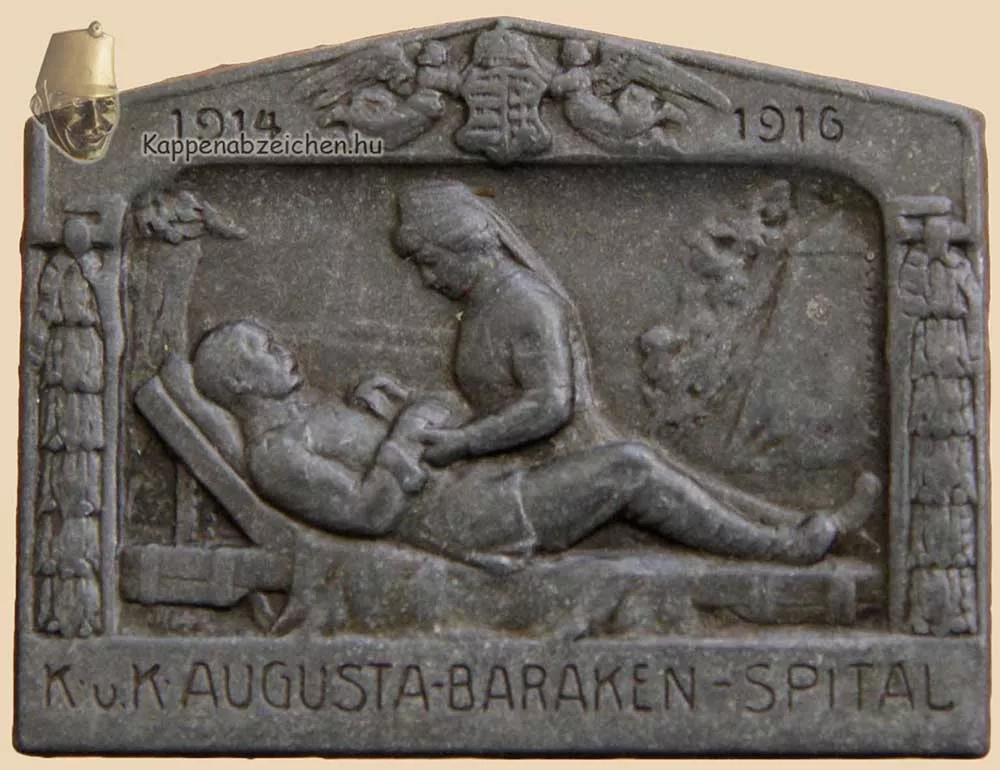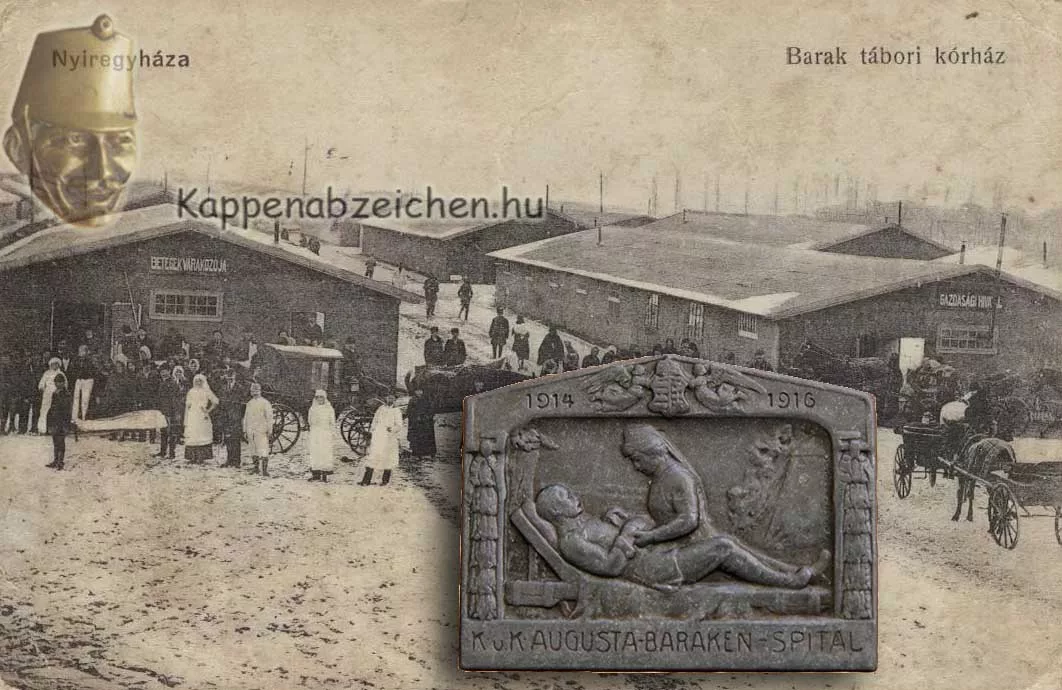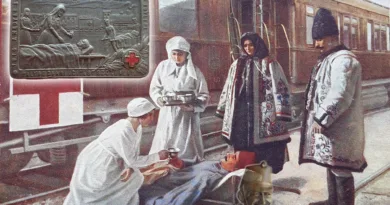Barack hospitals
The Great War posed enormous challenges for healthcare. The healthcare capacities built before the war were already full in the autumn of 1914. Since no one expected the war to drag on, these were deeply undersized compared to the needs.
Not only did surgical interventions appear en masse in the care of the wounded, but extensive and dangerous epidemics developed within 1-2 months. At first, dysentery, later typhus and other diseases also caused mass illnesses. Special epidemic hospitals had to be opened to treat ill soldiers.
The rapid accommodation of the many tens of thousands of sick and wounded soldiers could only be solved by setting up many temporary hospitals. Of course, even if the number of beds could be increased quickly, the number of qualified personnel could not. The lack of doctors in particular was a serious problem.

The topic of this post is temporary hospitals, barrack hospitals. These appeared in almost every larger settlement. The photo shows the temporary hospital in the city of Nyíregyháza. On the left is the waiting barracks for patients, on the right is an office building, according to the inscriptions. The badge was made for a similar institution in Budapest, patronized by Archduchess Augusta. It was built on the site of today’s József-Attila housing estate, and cared for many thousands of patients. Its wooden buildings survived the Great War. From 1919, refugees from the occupied territories of Hungary were housed there. Later, increasingly poorer population moved here, and it became a slum.




